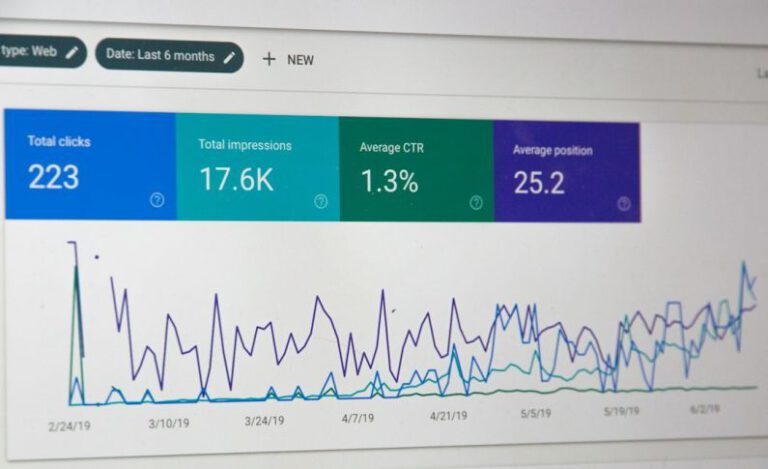How to Manage Business Risks Effectively?
Risk management is a crucial aspect of running a successful business. It involves identifying potential risks that may impact the organization and implementing strategies to mitigate them. By effectively managing risks, businesses can minimize the negative impact on their operations and ensure long-term sustainability. In this article, we will explore some key strategies for managing business risks effectively.
Understanding the Risks
The first step in managing business risks is to gain a comprehensive understanding of the potential risks that your organization may face. Risks can be classified into various categories, such as financial, operational, legal, and reputational risks. It is essential to conduct a thorough risk assessment to identify and prioritize the risks that are most relevant to your business.
Developing a Risk Management Plan
Once you have identified the risks, the next step is to develop a comprehensive risk management plan. The plan should outline the strategies and actions required to mitigate each risk effectively. This may include implementing control measures, establishing contingency plans, and ensuring adequate insurance coverage. A well-defined risk management plan will provide a clear roadmap for managing risks proactively.
Implementing Control Measures
Implementing control measures is a critical step in managing business risks effectively. Control measures are actions taken to minimize the likelihood or impact of a risk event. This may involve implementing internal controls, such as regular audits and reviews, to identify and address potential vulnerabilities. It is also important to establish clear policies and procedures to guide employees in managing risks on a day-to-day basis.
Establishing Contingency Plans
Despite our best efforts, risks may still materialize. Therefore, it is essential to have contingency plans in place to respond swiftly and effectively to unforeseen events. Contingency plans outline the steps to be taken in the event of a risk event, such as a cybersecurity breach or a natural disaster. By having well-defined contingency plans, businesses can minimize the disruption caused by risks and ensure a quick recovery.
Ensuring Adequate Insurance Coverage
Insurance plays a crucial role in managing business risks. It provides financial protection in the event of a risk event, such as property damage, liability claims, or business interruption. It is important to regularly review your insurance coverage to ensure it adequately covers the potential risks faced by your business. This may involve consulting with an insurance professional to assess your needs and identify any gaps in coverage.
Monitoring and Reviewing
Risk management is an ongoing process that requires regular monitoring and review. It is important to establish mechanisms to monitor the effectiveness of your risk management strategies and make necessary adjustments. This may involve conducting regular risk assessments, analyzing incident reports, and seeking feedback from employees and stakeholders. By continuously monitoring and reviewing your risk management efforts, you can proactively identify emerging risks and take appropriate actions.
Conclusion: Ensuring Business Sustainability
Effective risk management is essential for ensuring the long-term sustainability of a business. By understanding the risks, developing a comprehensive risk management plan, implementing control measures, establishing contingency plans, ensuring adequate insurance coverage, and monitoring and reviewing regularly, businesses can minimize the negative impact of risks on their operations. By managing risks effectively, businesses can position themselves to thrive in an increasingly complex and uncertain business environment.






